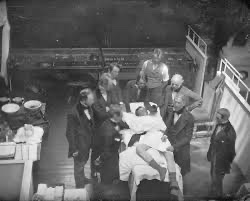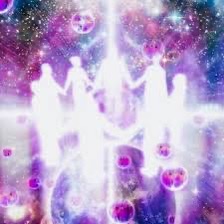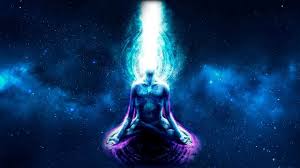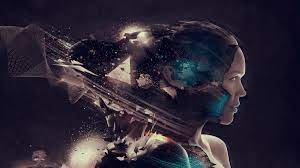The concept of spontaneity can further our discussion of creating the Personal Reality Field. To be spontaneous, according to one of our Earthly definitions, is to act without forethought, willy-nilly, according to the present moment’s frivolous inclinations. Now I may be casting this term in a negative light somewhat, yet is it not true that spontaneous is thought to be somewhat reckless and unthinking, is it not? The spontaneous are thought to be irresponsible, in many ways, and lacking in maturity and good judgment.

I am a big fan of spontaneity, and the accompanying practice of recognizing and “following” life-affirming impulses. But for now, let us investigate how the practice of spontaneity may have earned such a bad reputation in our culture.
To begin, the founders of our American nation were of a strong puritanical bent. They were hard working, intensely religious humans, who were taught that “idle hands are the devil’s playground.” So the natural spontaneous behavior of humans enjoying the moment, even of children in many cases, during those seminal years of occupation in our country was discouraged.
Now this is speaking of the U.S. only here. Other nations had obviously different beginnings, yet some were similar. So we, as a people, were not generated from hedonistic loins, in other words. Our culture has proceeded from day one until the present on a decidedly anti-pleasures trajectory, admittedly with a few pleasure-seeking counter-culture movements in between.
So given this history it is no surprise that, for the most part, Americans are not a spontaneous lot. This type of behavior is not rewarded in a society that values business interests and profit-taking over positive human development. Currently, as a culture, the U.S. has entered an era of warlike anti-pleasure such as our modern Earth has never seen. Surprisingly, many of our citizens appear to accept this state of belligerence and negativity, if one is to believe the many polls that are taken and the results proclaimed to the world.
For now, let me simply suggest an alternative to the anti-pleasure movement in our country. This would be the search for pleasure within our Personal Reality and the creation of pleasure through the acknowledgment of and acting on pleasurable, life-affirming impulses. These are behaviors that may lead us to experience the feeling of being supported like a beloved child on a wave of ecstasy that is indeed the embodiment of All That Is.
Now let us clear up some of the misconceptions some may have of spontaneity with a description of “true spontaneity.” we need look no further for a graphic example of true spontaneity than the experience of accessing one’s Inner Senses and learning one’s lessons. The first requirement for this communication is a lowering of the ego defenses: that quality of mind that protects and defends one’s beliefs and one’s worldview against “attack” from differing and differing world views.
The ego must release its stranglehold on the physical perceptions before divine information – spontaneous impulses – can be adequately perceived with the Inner senses, and then acted upon if appropriate. So true spontaneity is ultimately profoundly responsible and ethical at its base. True spontaneity is not necessarily the actions of the “free spirit,” however, in our terms.
This aspect relates to the terms “Young Soul” and “Old Soul” that we discussed in previous blogs. Let us go further here. The idea of a free spirit, in our culture and other of the world’s cultures, who acts on every whim that comes to mind, is not the spontaneous spirit I am describing. True spontaneity requires discernment as to which impulses within consciousness to act on to further the learning of lessons for oneself and for the higher good of everyone else. This is critical.
The awakening human learns their lessons consciously and with courage, relishing the life experience whatever the “conditions,” positive, negative or in between, in our terms. Then, as I said, contributing to the consensus manifestation in positive, life-affirming ways, always.
Now further… we are awakening, some of us, within lives that some would call “miserable.” Some of us will use our formidable powers in collaboration with All That Is to heighten our vibrational rate in this lifetime and bring an end to our miseries. Yet some of us will live out our lives in these subjectively named “miserable conditions,” knowing that we are fulfilling our contract with oneself, and learning our lessons for our Soul Self and for All That Is.
Both of the examples I have just described are becoming fully awakened and finding pleasure there, yet only they know this on a Soul Level. Again, to outside observers it would appear that some are trapped in their misery. If one were to look closer though, perhaps one would see the spark of Soul Wisdom in the eyes of those I am speaking about. We are all involved in a complex dramatic presentation for the benefit of oneself and All That Is.
























































